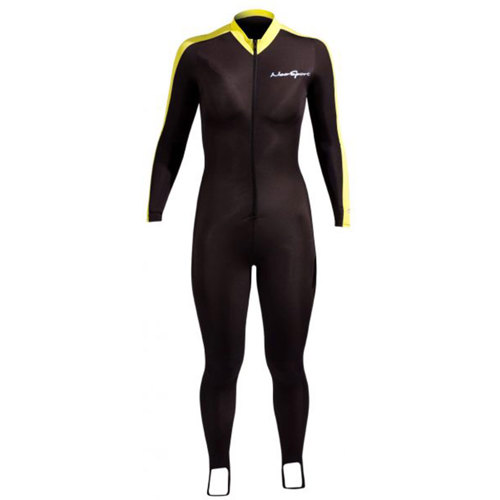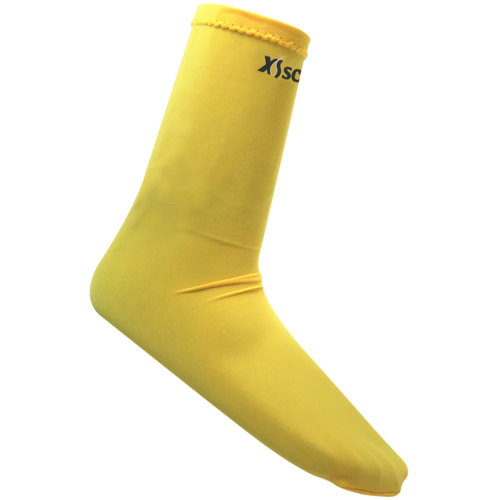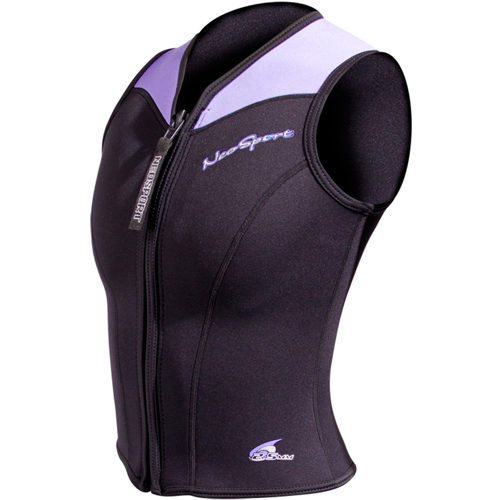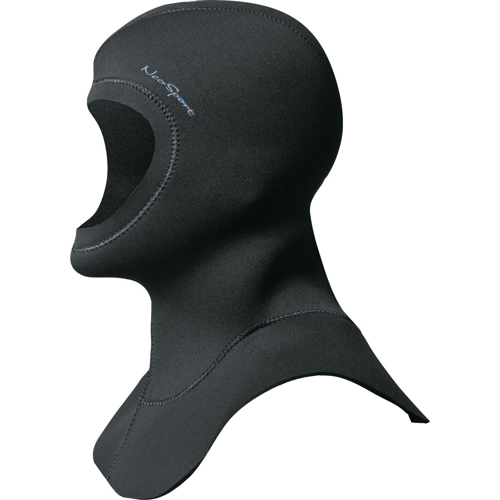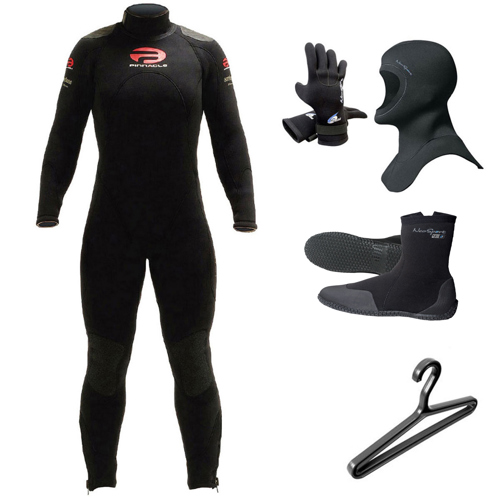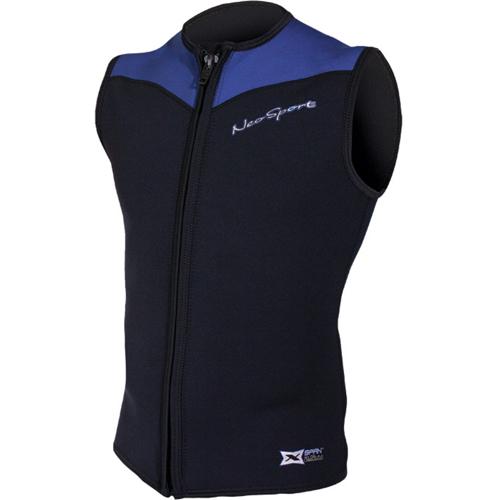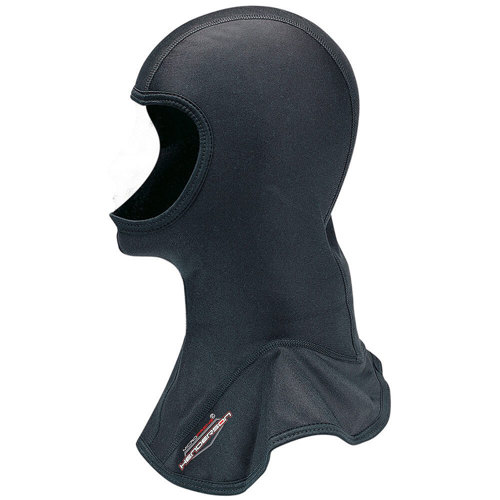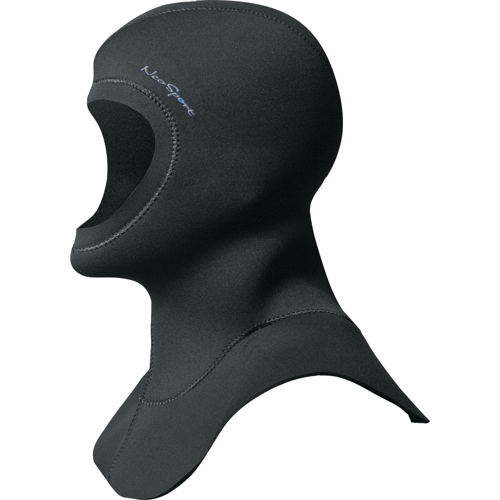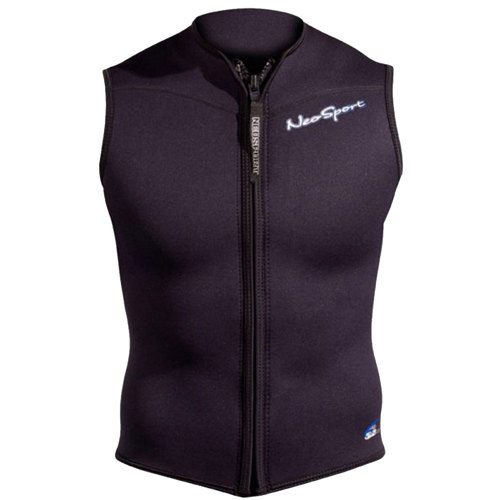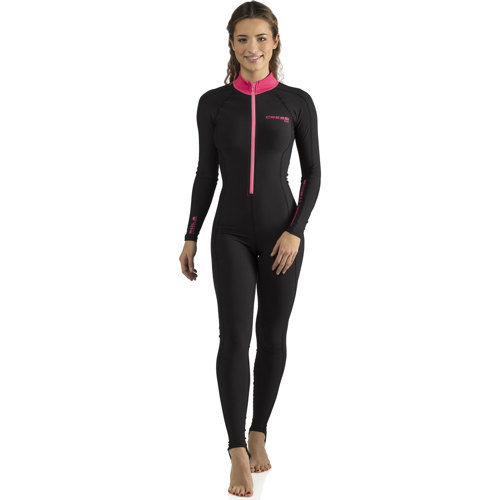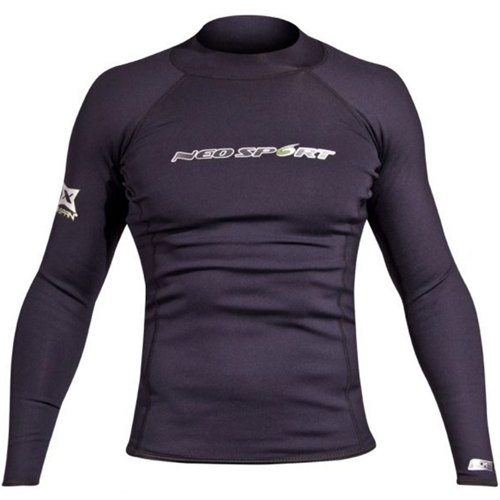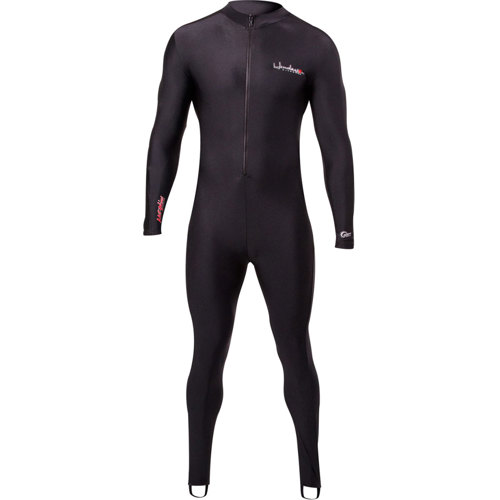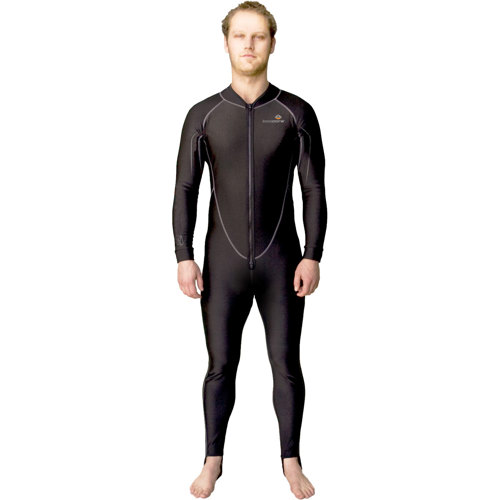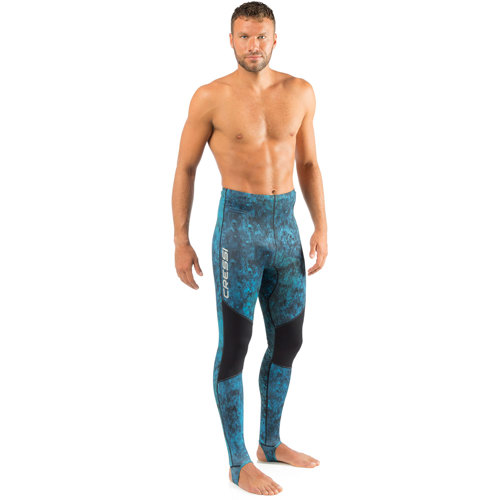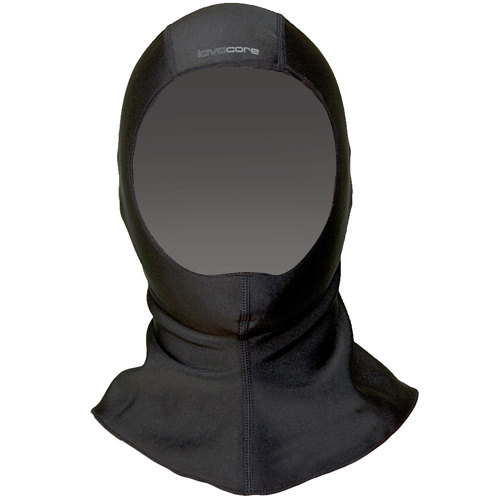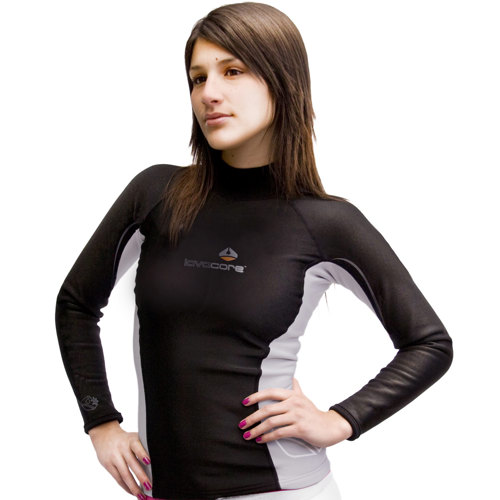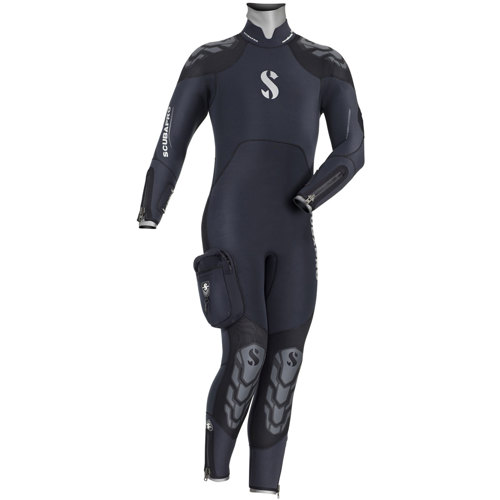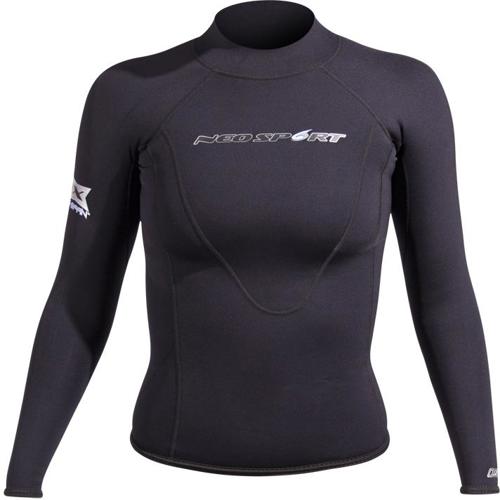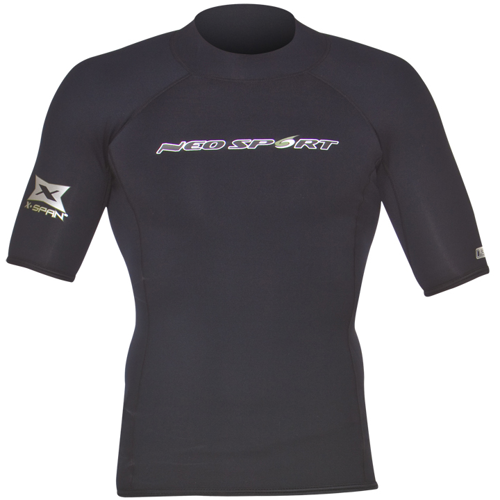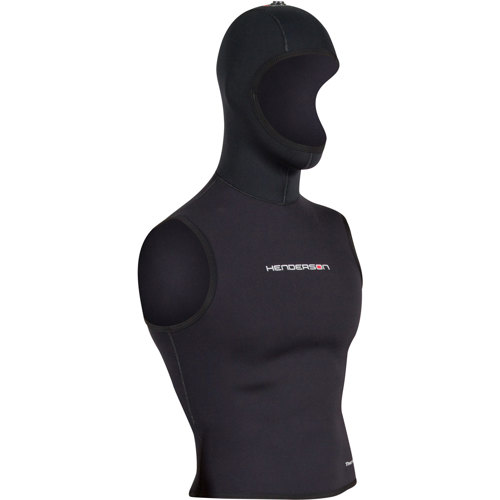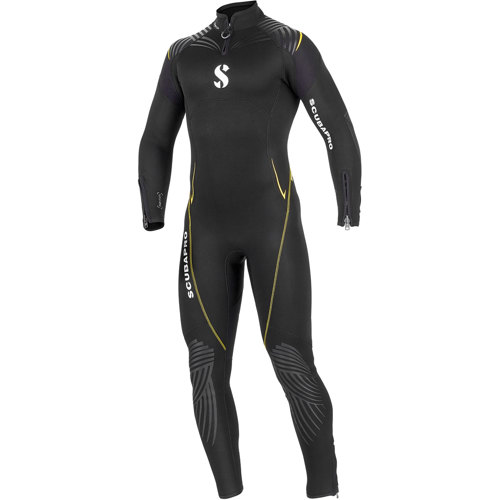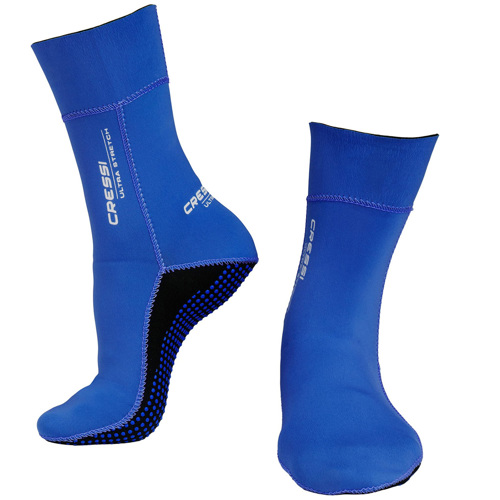Scuba Layering
As the seasons transition and water temperatures begin to shift, the importance of proper scuba layering becomes increasingly apparent to divers of all experience levels. Whether you’re preparing for a crisp autumn dive in the kelp forests of California or gearing up for a cool morning descent in the Caribbean, layering is the key to maintaining comfort, warmth, and flexibility underwater. The right combination of base layers, vests, and thermal protection can make the difference between a memorable dive and one cut short by the cold. Layering systems are designed to trap a thin layer of water close to your skin, which your body then warms, providing insulation against the chill of deeper or longer dives. For those who find themselves shivering after a multi-dive day or struggling with changing weather, adding or adjusting layers can be a game changer. Experienced divers know the value of having options—thin tops for tropical waters, thicker undergarments for temperate zones, and everything in between for unpredictable conditions. This adaptability also makes layering gear an excellent gift for divers who travel or dive year-round, as it allows them to fine-tune their setup for any destination.
Scuba layering isn’t just about warmth; it’s about enhancing your overall dive experience. A well-chosen set of layers can reduce fatigue, improve buoyancy control, and even help prevent post-dive chills that can linger long after you’ve surfaced. Many instructors and dive guides rely on layering systems for long days in the water, appreciating how easily they can add or remove pieces as conditions change. For new divers, layering offers a way to extend their comfort zone, making it possible to enjoy dives in cooler water without investing in a new wetsuit or drysuit. Even seasoned travelers appreciate the versatility—lightweight, packable layers are easy to fit in a gear bag, and they dry quickly between dives. If you’re shopping for a diver, layering pieces are thoughtful gifts, especially for those who already have the basics covered. They’re practical, universally useful, and show you understand the nuances of their passion. As autumn approaches and water temperatures dip, now is the perfect time to review your setup and consider how the right layers can help you dive longer, safer, and more comfortably.
For those interested in learning more about how to optimize comfort and performance with the right layering strategies, there are resources that delve deeper into the science and art of staying warm beneath the waves. Discover more about the principles of effective scuba layering and how to select the best options for your diving style by visiting
Diving Under Layers. Whether you’re planning cold-water adventures, preparing for shoulder-season dives, or simply looking to enhance your gear collection, investing in quality layering solutions ensures you’re ready for whatever the underwater world has in store.

